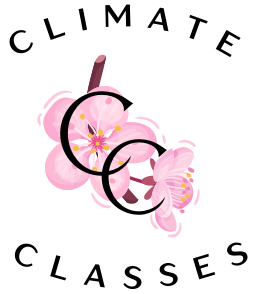Fall is a great cycling season. Whether you use your bicycle for commuting or for exercise, cycling is an excellent alternative to driving. While vehicle maintenance is often front-of-mind, bike maintenance may not be. Below are some tips to ensure that your bike is safe and efficient when you do take it out:
1) Tires: Always inflate your tires to the recommended pressure, which can usually be found on the sidewall of the tire and is listed as a range. Tires that are over-inflated or under-inflated may easily be damaged or compromise your safety. Pro tip: Higher tire pressure will reduce friction and make it easier to maintain higher speeds; however, lower tire pressure will give you better traction on non-paved trails or in wet conditions. Note that if you have a tire with a worn down tread, cracks, or an area that is bulging out, it is time to replace your tire.
Recommended pressure can be found on the sidewall of your tire. This tire has a recommended pressure of 50 to 85 pounds per square inch (PSI).
2) Brakes: When you squeeze your brake levers, the brake pads should engage to stop the tire. When the brakes are engaged, the pads should touch the rim of the wheel. If the pads are misaligned or touch the tire when engaged, your brakes should be adjusted. If you are familiar with bike maintenance, you can adjust your brakes, or you can take your bike to a maintenance shop in your neighborhood. Note that if your brake pads are shiny or worn down, they should be replaced.
Realign your brakes if they touch the wheel or rim when not engaged or if they do not fully engage.
3) Drivetrain: For anyone reading this who may be new to bike maintenance, the drivetrain is the part of your bike that contains the chain, gear sprockets, and derailleurs. Lubricating the chain will prolong the life of both your chain and the rest of your drivetrain. Before a long ride (or every week if you use your bike for commuting), add a lubricant to your chain to prevent rust. A dry lubricant is good for riding in dry conditions, as it will not pick up dirt. A wet lubricant will stay on in wet conditions but may absorb more dirt. The linked lubricants are examples of the ones I use, but there are other options as well. Add drops of lubricant to the chain and wipe away any excess with an old rag. If your chain and gears are dirty, use an environmentally friendly degreaser and brushes to clean away dirt that can damage your drivetrain. Make sure to wash off all degreaser before reapplying lubricant to the chain.
Apply lubricant to chain liberally and use a rag wipe away any excess to limit dirt accumulating on your drivetrain.
4) Emergency Supplies: Before riding, always make sure your quick release levers work in case you need to remove a wheel to replace a tire. You want to ensure the levers are fully tightened and in the closed position before starting your ride. Also bring a spare inner tube and/or patch kit and a small bike pump. A small toolkit that includes tire levers, pliers, Allen wrenches, and a screwdriver (some tools have this all-in-one) can prevent you from getting stranded on a long ride.
Finer tuning: Taking these four easy steps to maintain your bike will ensure your bike is in proper and safe working order for years. If it has been a couple years since you last brought your bike in for maintenance, you could consider taking it in for a tune-up or broader maintenance check at your local bike shop. Below are some local bike shops around the DMV area.
A complete emergency supply kit includes (from left to right) a patch kit, spare tube, a small pump (not shown), and other tools, including tire irons.
